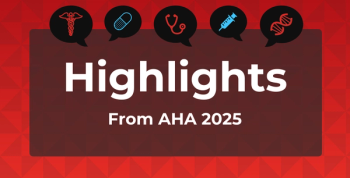
Trump Decides to Promote Last-Minute ACA Sign-ups After All
Lawmakers and health experts pointed out that canceling the ad campaign would cause the exchanges to miss a late surge of enrollment from young, healthy adults and damage the risk pools.
The Trump administration reversed course this weekend and is allowing some parts of the campaign to sign up enrollees for health plans under the Affordable Care Act (ACA).
After Thursday’s decision to halt all advertising and outreach drew criticism, the administration said it would allow HHS to use social email and send e-mails to attract last-minute enrollment. However, about $4 million to $5 million in TV ads were still canceled.
Much of the backlash over the move to cancel all ads, e-mails, and social media outreach came from ACA supporters, such as US Senator Patty Murray, D-Washington, who said the new administration was trying to “
Murray made the same observation as healthcare experts who said that young, healthy people are the target audience of the late enrollment campaign—and health plans need them to sign up to balance the risk pools.
“Republicans haven’t been able to come up with a plan for families’ health care, but (Thursday’s) decision by the Trump Administration to work against getting people covered shows Republicans are wasting no time in ripping the health care system apart, regardless of the harm it will cause to the people they serve,” Murray said in a statement. “Young and healthy people often sign up in response to this very outreach. Cancelling it is not just irresponsible—it will destabilize the market for everyone else.”
Washington and Lee University’s Timothy Jost made a similar warning in a
Several individual insurers stepped up their social media campaigns over the weekend, including
Last fall, CMS announced a
Through mid-January, enrollment for 2017 was running ahead of prior year levels. More than 8.8 million people had signed up just on the federal exchange as of January 14, 2017, compared with 8.7 million at the same point in 2016, according to the last bi-weekly e-mail from CMS before Trump took office. More than 22 million people had engaged with HealthCare.gov since November 1, 2016, and 1.3 million had called for help from January 1 to January 14.
Counting state exchanges,
The federal government already faces lawsuits over failure to fully fund risk corridors, after Congress blocked HHS from using funds other than those paid by other insurers. This has destabilized the market and led carriers to withdraw from markets. On January 3, 2017, Judge Margaret Sweeney of the US Court of Claims certified Health Republic’s suit as a
Newsletter
Stay ahead of policy, cost, and value—subscribe to AJMC for expert insights at the intersection of clinical care and health economics.









































